The EBEL watch house’s history is somewhat unusual and full of romance, which gives the watch of this brand a veil of mystery and sophistication… But first things first.
A brand that captures the union of two loving hearts!
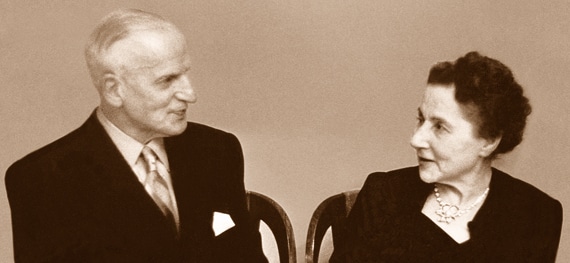
Yes, it was with the romantic history that this world-famous brand of Swiss watches began. By July 15, 1911, which became the manufacturer’s founding date, Eugene Blum and Alice Levy had been happily married for nine years. They decided to give their new company a name in which they combined their initials. So EBEL is an abbreviation of the capital letters “Eugène Blum Et Lévy.” Unlike numerous other watch companies, whose origins were exclusively men; the EBEL Company has combined the values and qualities inherent in the male and female principles.
In EBEL watches, the model’s sketch and case design became defining for everything else – the movement and the jewelry finish. For its time, this was a very revolutionary approach to watchmaking. The combination of beauty, originality, and practicality immediately set EBEL apart from several other watch brands.
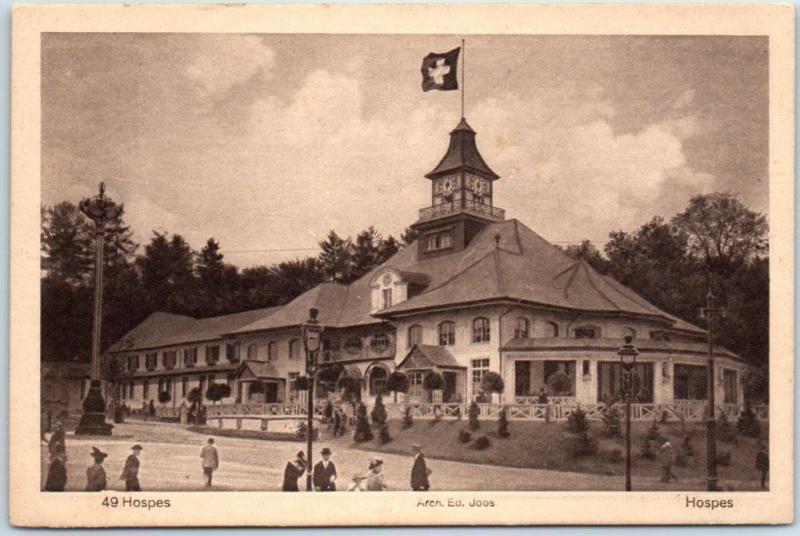
In 1914, EBEL was awarded the gold medal at the National Swiss Exhibition for the best women’s jewelry watch. And the original Montre Pendentif Bijou pendant watch became the most popular women’s model in 1917. Unlike other watch designers of that time, who strove to create complicated and pompous things, Alice Levy gave her watches an interesting and emphasized modest and laconic look. Moreover, all models were equipped with high-quality and precise mechanisms created by Eugene Blum.
The secret of EBEL’s success in all subsequent years was that it managed to avoid extremes and not to become a purely jewelry or designer brand, but to always maintain a reputation as an excellent watchmaker. So, during the economic depression of the 1920s, when the demand for jewelry watches fell sharply, the son of Eugene and Alice – Charles Blum – saved the family business by supplying large watch companies with flawless movements designed by his father.
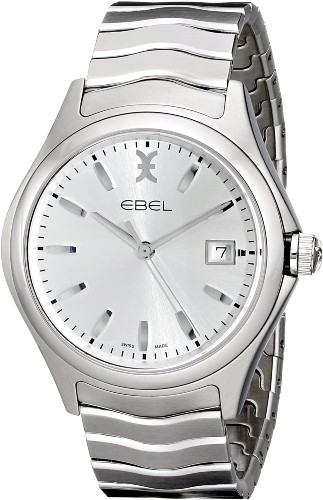
And in 1935, EBEL became the first Swiss brand to use the Western Electric system for accuracy testing. During the war, EBEL confirmed its reputation as a reliable watchmaker, becoming one of the British army suppliers, which did not prevent the company from immediately returning to its core concept in peacetime. Already in 1964, the asymmetrical model with sapphires and diamonds, Lune Etoile again won first prize in the category “Best Jewelry Watches” at the National Swiss Exhibition in Lausanne.
Alice Levy herself remained the company’s creative director until 1960 and finally retired, leaving the post of chairman of the board of directors only in 1968, when she was 88 years old. But the real rise in popularity was ahead of EBEL. The representative of the third generation of the family, Pierre-Alain Blum, took over the company in the midst of the “quartz crisis” and was one of the few who resisted the new cheap technology’s temptations continuing to develop the production of mechanics. Thanks to Pierre-Alain, the EBEL models supported the prestige of automatic watches.
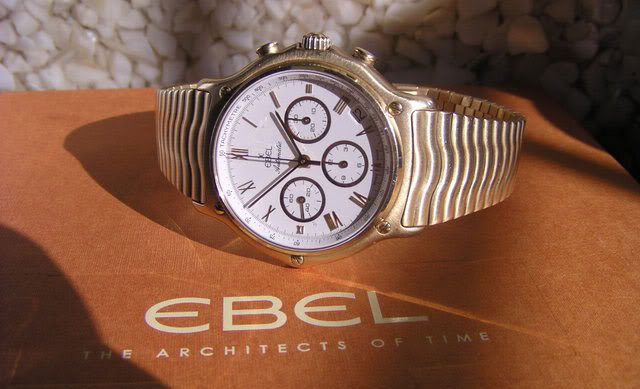
At this time, the most popular and to this day collections of the brand were created. In 1977, the Sport Classic collection was released, in 1983 – the complex mechanics Perpetual Calendar, in 1985 – the famous Beluga. A year later – the most famous collection, “1911”, named after company’s year.
In 1995, Pierre-Alain Blum left the business and sold the family company to Investcorp, a corporation that entered the modern history of watchmaking with a rather sad reputation. They bought well-known watch companies to quickly increase capitalization and resell, which did not contribute to the development of the brands’ creative potential. Many legendary names have passed through Investcorp’s mouth, remember Breguet?

The interests of the new owners of EBEL did not include the creation of fresh models, and the development of the brand actually stopped until 1999, when it was acquired by the French concern LVMH. The world’s leading luxury concern has brought many great homes back to life. But in the case of EBEL, LVMH’s marketers made a serious mistake: they tried to turn a respected watch company into a jewelry design brand.
Unexpected color combinations, an abundance of quartz models, risky case shapes – all this would perfectly suit some young fashion brand, but not EBEL, whose image has been created for decades. Therefore, after four years, EBEL parted ways with LVMH and joined the MGI concern. The latter’s leadership made the only correct decision: to forget the last ten years and return to the moment at which Pierre-Alain Blum stopped.

The classic designs of the Beluga, EBEL Classic, and 1911 lines have been revived. The SportWave line became more elegant and practical. EBEL began to develop again according to the creators’ original idea: to develop new movements and frame them in the case of conceptual design. In 2006, at the u1074 exhibition in Basel, the premiere of a new model EBEL Brasilia took place – an elegant laconic watch in a rectangular case, luxurious, but not pretentious – of the 20th century, the company has already produced watches under the same name. Brasilia is the best of EBEL design with a modern twist.
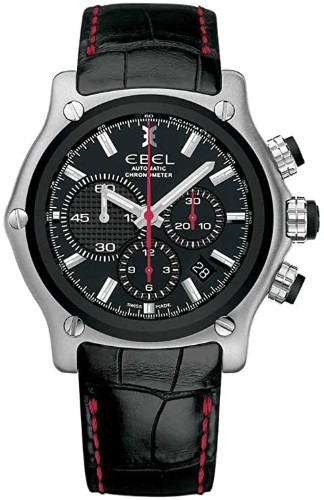
Every year EBEL returns more and more confidently to the image that brought fame and respect to the brand – the image of a watch that is worn because it is a sign of good taste.
One of the last projects of Pierre-Alain Blum was the Caliber 137, created by him back in 1995. Before that, the EBEL sports chronographs were equipped with caliber 134, which was created based on the famous “Zenith” El Primero. But Blum was keen to restore EBEL’s reputation as a fully independent manufacturer, because only in this way the company can guarantee its customers the highest quality and reliability.
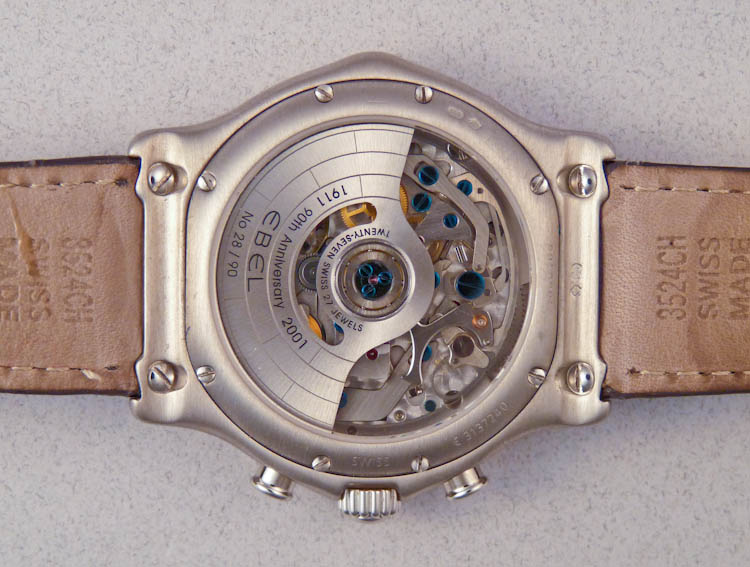
Although the first versions of the EBEL 137 did not have any special bells and whistles (a COSC-certified chronograph with a balance frequency of 28,800 vibrations per hour and a power reserve of 48 hours), experts rated it very highly. Its own caliber was naturally included in the most masculine and stylish collection of the 1911 brand, with the recognizable five screws on the bezel. Time itself has confirmed the reliability and accuracy of caliber 137, in the ten years since the release of the first collection, EBEL has not received a single complaint.
Therefore, in 2005, in honor of the first anniversary of the movement, the company decided not only to release a new series of chronographs 137, which equipped the new 1911 BTR model, but also to present a new own caliber, also entirely developed at the factory – Caliber 139. Its design is already truly original: the traditional round counters are replaced by retrograde scales; at the 3 o’clock position, there is a calendar date. The new caliber is a perfect match for the famous Beluga Tonneau slender slim case.
Naturally, caliber 139 is also a COSC-certified chronometer. Finally, in 2006, the 1911 BTR line saw two newest modifications to caliber 137: the chronograph with GMT (caliber 240) and the chronograph with a perpetual calendar (caliber 288). They were also entirely created in the EBEL workshop and have the same high precision and reliability characteristics as their predecessors. For example, a particular module has been developed for the lunar disk, thanks to which the moon phase indication will have to be corrected only once every 122 years. The uniqueness of EBEL watches and movements is that their creators never set themselves the original goal of surely hitting or shocking anyone. This is a watch created for a long, reliable service without losing its luster and without going out of fashion. This is what is included in the concept of “prestige”.
Times Ticking has been in operation for more than 30 years, since 1982. We have performed watch repair for customers both locally and internationally. If it Ticks! We KNOW it! Our team of watch repair technicians have a combined experience in watchmaking of over 120 years.






































































































































































































































































